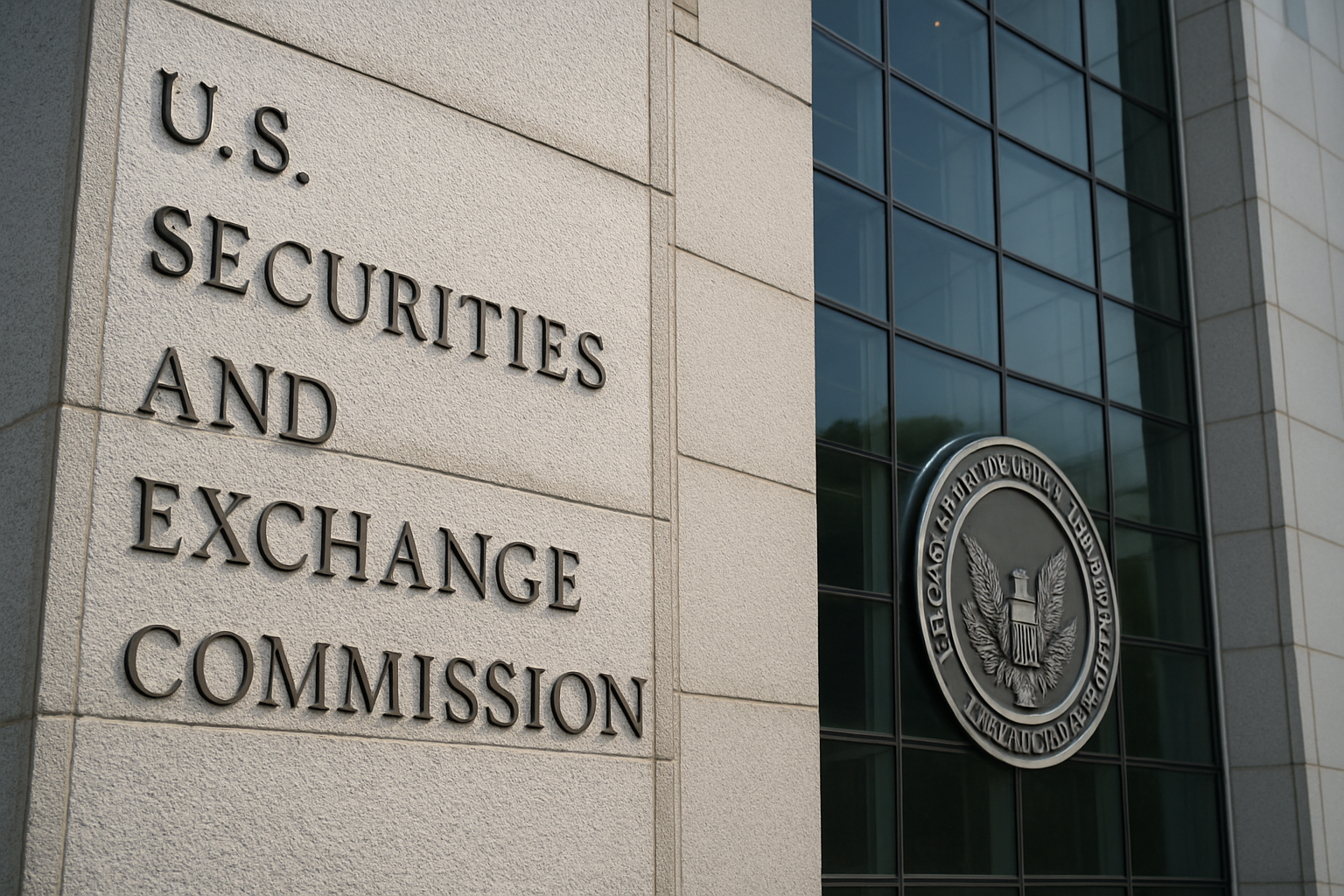Regulation has long been the defining wildcard for the crypto industry, often swinging sentiment from euphoric to deeply risk-averse. But the latest move from the U.S. Securities and Exchange Commission is signaling what may be one of the most consequential shifts yet. According to Reuters, the SEC’s newly released 2026 examination priorities no longer include a standalone category for crypto-asset service providers. Instead, the agency is directing attention toward fiduciary duty, custody rules, operational resilience, and customer data protection—categories that apply broadly across the financial sector.
This subtle but meaningful change is already sparking conversations across crypto markets, traditional finance, and regulatory circles. For investors, it raises a critical question: Is the regulatory storm finally beginning to settle?
Regulatory Posture Is Evolving
For years, crypto firms have operated under intense scrutiny from the SEC, facing enforcement actions, classification disputes, and unclear guidance around token offerings and platform operations. The removal of a dedicated crypto section from the SEC’s priorities suggests a recalibration of focus—one that aligns more closely with overarching financial-sector protections rather than sector-specific crackdowns.
Market analysts referenced in Bloomberg and industry compliance reports note that this development could indicate a shift toward integrating crypto oversight into standardized frameworks instead of treating digital assets as an exceptional or high-risk outlier. While this does not mean regulatory relief or reduced enforcement, it may suggest a maturing policy environment where crypto activity becomes part of normal financial oversight rather than an isolated area of concern.
Why This Matters for Investors
For digital-asset investors and equity holders in crypto-exposed companies, the implications are significant. Regulatory risk has often been a key constraint on valuation multiples for exchanges, miners, custodians, and blockchain infrastructure firms. If oversight becomes more predictable and less adversarial, it could reduce uncertainty premiums that have weighed on the sector.
A shift away from crypto-specific priorities may also support sector expansion by encouraging institutional participation. Many asset managers have cited regulatory clarity—or the lack of it—as a barrier to wider crypto integration into portfolio strategies. Should the SEC’s 2026 priorities represent a longer-term directional shift, it may create the backdrop necessary for greater institutional adoption, product innovation, and liquidity depth.
Reading Between the Lines
It’s important to note that the SEC’s priorities still touch on areas deeply relevant to crypto. Custody remains a critical topic, especially as firms offering digital-asset safekeeping continue to expand. The focus on fiduciary duty could impact how advisers handle crypto exposure on behalf of clients, while heightened attention to cybersecurity and data privacy remains central for any decentralized or digital-native platform.
Industry watchdogs and policy experts cited in recent policy discussions point out that while the shift in language represents progress, it does not eliminate the possibility of continued enforcement actions. Rather, it reflects an updated operational lens that places crypto within the broader financial system instead of isolating it.
Future Trends to Watch
Investors should track several developments over the coming quarters to gauge the regulatory direction and its market impact:
1. Institutional Engagement
Watch for increased crypto ETF flows, expanded digital-asset product offerings, and more integration from traditional banks. Regulatory normalization often serves as a catalyst for institutional inflows.
2. SEC Enforcement Patterns
Changes in stated priorities don’t necessarily limit enforcement actions. Monitoring new cases, settlement patterns, and public statements will reveal how the SEC’s stance evolves.
3. Legislative Developments
Both the House and Senate have active digital-asset frameworks circulating. If any gain momentum, they could overshadow the SEC’s priority outline with more comprehensive policy shifts.
4. Custody Rule Refinements
Upcoming updates to custody frameworks—especially around digital tokens—will influence how custodians and asset managers structure their operations.
5. Market Reaction Across Crypto Equities
Companies such as Coinbase, Marathon Digital, Riot Platforms, and Galaxy Digital may see valuation shifts depending on whether markets interpret the SEC’s move as risk-reducing or merely administrative.
Key Investment Insight
Crypto’s regulatory environment may be entering a phase of normalization. Investors should consider reassessing companies that have been heavily discounted due to perceived regulatory overhang. Firms with strong compliance frameworks, institutional-grade custody solutions, or diversified crypto-infrastructure offerings may be well positioned to benefit from a more integrated regulatory approach.
Monitoring ongoing policy signals and industry responses will remain essential, but for the first time in years, the outlook suggests regulatory risk may be transitioning from a structural threat to a manageable operational consideration.
Continue following MoneyNews.Today for comprehensive coverage of regulatory developments and the shifting landscape shaping digital-asset investment opportunities.





